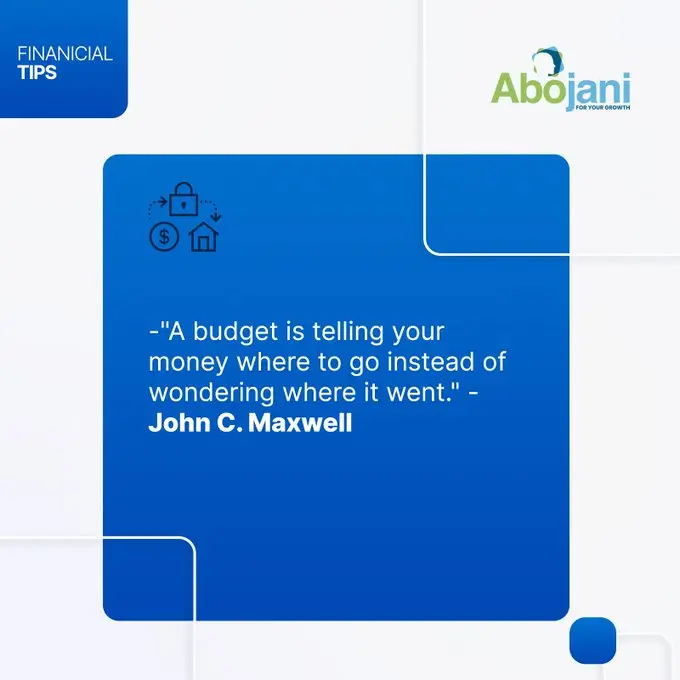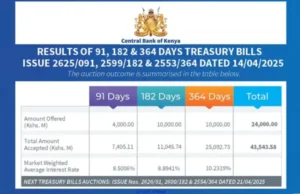As a small business owners, you might constantly find yourself doing mental mathematics for your business’ expenses, knowingly or unknowingly. You might think you know where your money is going, but without a proper system, it’s easy to lose track.
Having a simple way to record every payment and expense makes all the difference. You’ll budget better, manage your cash flow with more confidence, and even handle taxes without the usual stress. It also helps you make smarter decisions because you’re working with real numbers, not guesswork. Clean, consistent records set you up to grow your business without unnecessary shocks.
Here’s a practical business owners guide to creating a budget that works for your business:
1. Start by reviewing the last year’s performance
Before you set up your budget, take some time to reflect on how your business performed in the last year. Consider key metrics such as revenue growth, profit margins, and operational expenses. Identify areas where you overspent or underperformed and use this insight to guide your budgeting decisions.
For example, if you felt that marketing expenses were high without satisfactory results, you might want to retain a smaller budget for it and seek cheaper alternatives.
Also read: Budgeting as a Self-Awareness Tool
A good budget lays out both fixed and variable expenses. Fixed expenses stay relatively the same every month, such as rent, salaries, and utilities. Variable expenses change with the activity of the business, like inventory costs, sales commissions, or marketing campaigns.
Afterwards, make payment of the most important expenses you have such as payroll and operational costs and trim less critical costs.
3. Plan for growth and investment
Ensure that your budget includes room for reinvestment into your business. It could be upgrading technology, expanding your product offering, or hiring additional staff. Look at the potential return on investment (ROI) for each area, and allocate funds accordingly.

Moreover, it is advisable to budget for the dreaded “what-ifs” such as sudden repair work, or the collection of payments that stretch longer than usual.
4. Utilize budgeting tools (accounting software)
There are many tools designed for small business owners, helping track income and expenses, set financial goals, and forecast cash flow. Popular options offer intuitive interfaces and can be integrated with your business bank accounts and payment systems, reducing the time spent manually tracking financial data.
You can monitor your budget in real time with these tools and adjust it as needed. You can also use spreadsheets to organize your business expenses and budget.
5. Review and adjust regularly
A budget is a living document that requires regular reviews and adjustments. At least once a month, sit down and compare your actual expenses and income to your projected budget.
When revenue increases, you might want to allocate that extra income to growth projects or modify your cash flow projections. If you’re not meeting your financial targets, it’s important to make adjustments.
A flexible approach to budgeting allows you to remain committed to your goals even when facing difficulties.
6. Incorporate strategic savings
Savings should be part of your budget plan. As a small business, it’s crucial to build a financial cushion to weather periods of low cash flow or to take advantage of business opportunities. Set aside a specific percentage of your revenue each month for savings in a low-risk investment like an MMF.
These savings can help you fund expansion, cover unexpected costs, or make strategic investments when the right opportunity arises.
7. Consider tax implications
As you set up your business budget for the year, don’t forget to account for taxes. Work with an accountant to ensure that you’re setting aside enough for tax obligations throughout the year, including income tax, VAT, and any other relevant taxes specific to your business.
This foresight can help you avoid any unpleasant surprises when tax season arrives.




